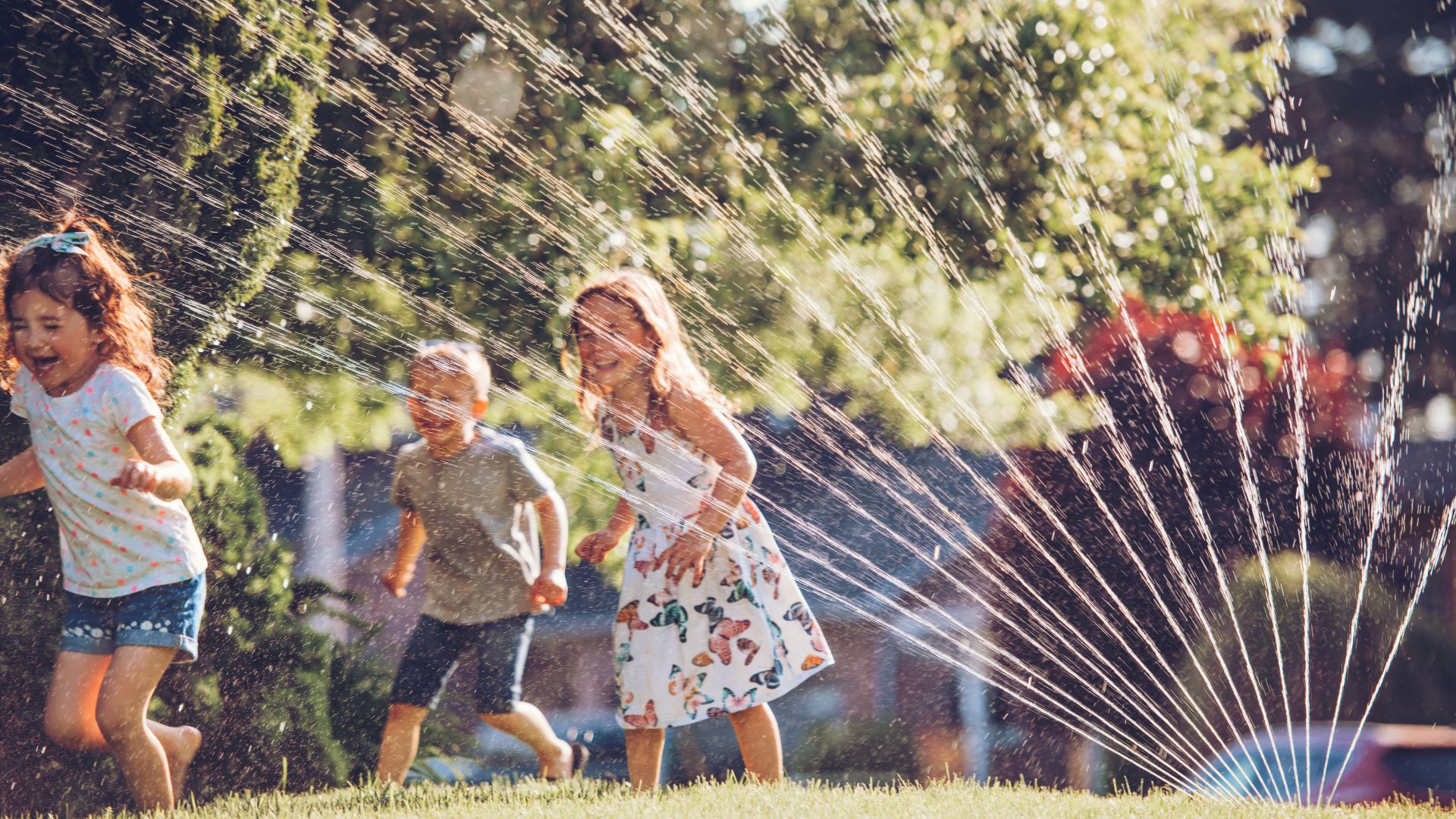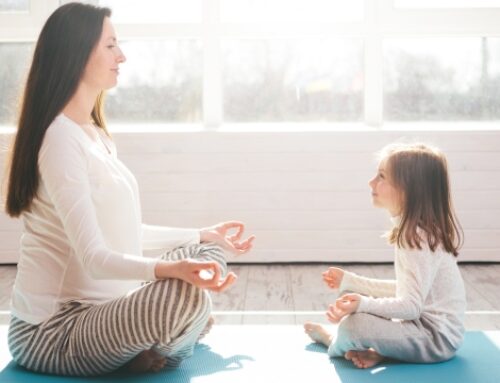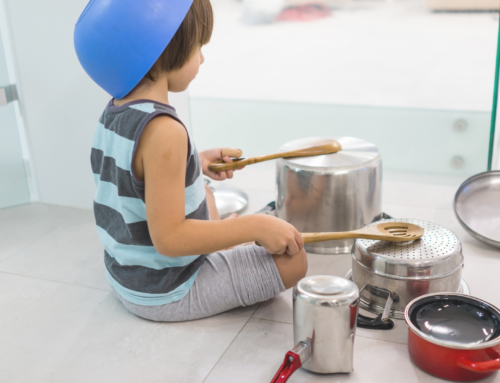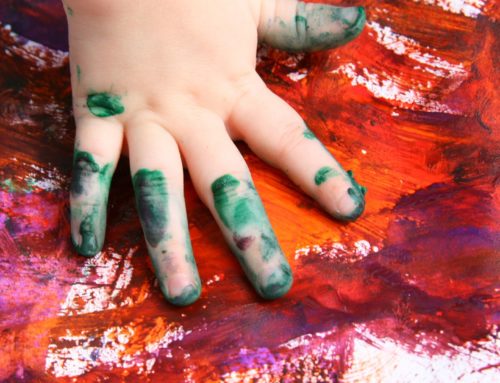Water play is a fun and educational activity for children of all ages. It provides opportunities for children to explore, experiment, and learn about the properties of water, as well as develop their understanding of volume and measurement.
There are many different ways to incorporate water play into your child’s life. Here are a few easy ideas we’ve gathered to get you started.
Bath time
One of the most common and convenient ways to incorporate this kind of play into a child’s routine is through bath time. You can transform bath time into an exciting and educational experience for children by providing them with toys as well as cups, bowls, and measuring spoons. These can be used for pouring, measuring, and transferring water, as well as exploring how different objects float or sink. You can also use this time to teach children about cause and effect by showing them how to make waves and splash water.
Toys & Tables
Another way to incorporate water play is to provide children with water play tables or stations. These can be purchased or easily made at home using a plastic tub or container, and can include various water toys such as squirt guns, water wheels, and water pumps. Children can use these toys to explore the flow and movement of water, as well as learn about cause and effect. You could try adding food colouring to the water to introduce the concept of colour mixing and how different colours can be created!
Here is a link to a simple water play table but a plastic tub would do the trick!
Outdoor activities
Water play can also be incorporated into outdoor activities. Do remember playing in a sprinkler or having a water balloon fight? These activities allow children to cool off on hot summer days while also engaging in physical play.
Supervising children during water play is important to ensure their safety and to be aware of the water temperature.
.
.
We hope you agree that this is a fun and engaging way for children to learn and explore. It provides endless opportunities for creativity, and experimentation and can be easily incorporated into a child’s daily playtime routine.






